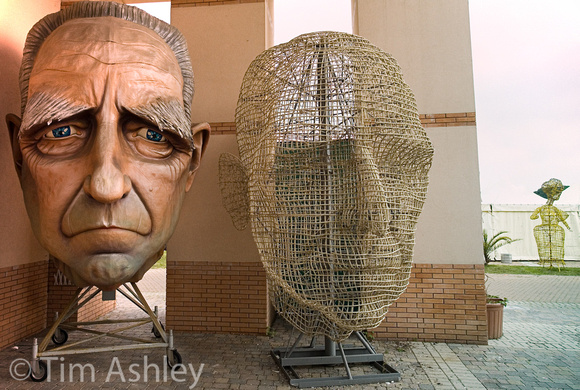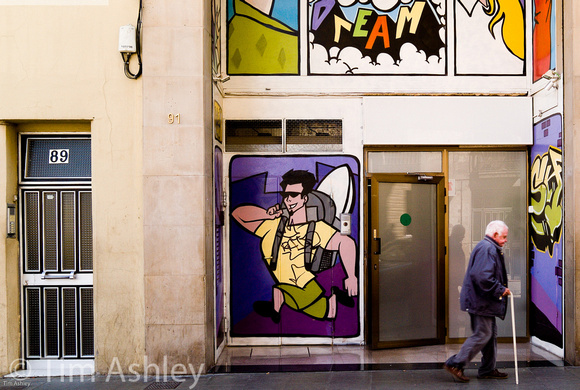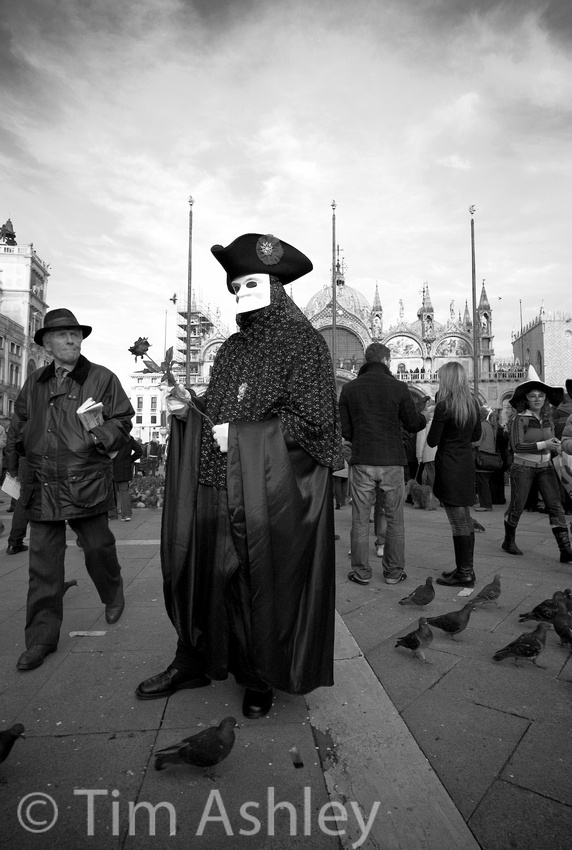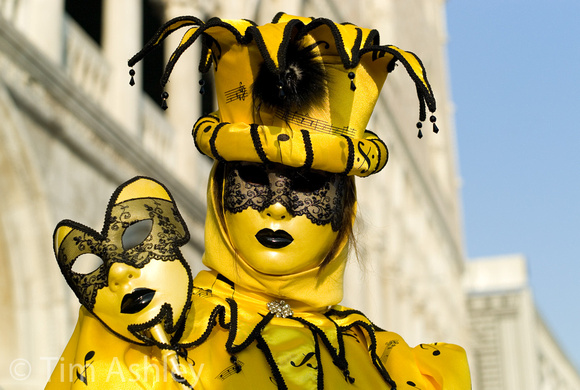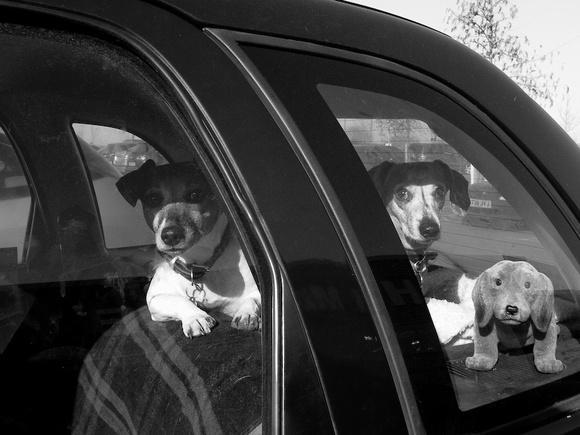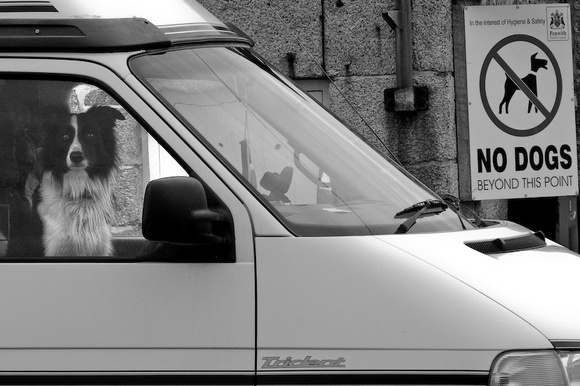Asher Kelman
OPF Owner/Editor-in-Chief
I am currently going back through the articles in ReidReviews.com that I might have missed or rushed through. I remembered an article titled: Street Photography: Part One. What I remembered about it was picture of "Peasants Dancing" in a scene of a painting by Peter Brueghel Flemish painter who in his short 44 years of life, left a legacy that has influenced artists for the next 500 years.
One thing that comes up a lot in chatting with Sean Reid is the respect he has for the craft of certain painters. One of these happens to be an artist I have always admired, Pieter Brueghel, The Elder. I must admit, that in my school we called the guy Peter Bruegel (with no "h") since he was the Bruegel our art teacher kept referring to for design in art. He was a master not only of placing people, but also of the objects which make the scene seem real, when in fact it's anything but.
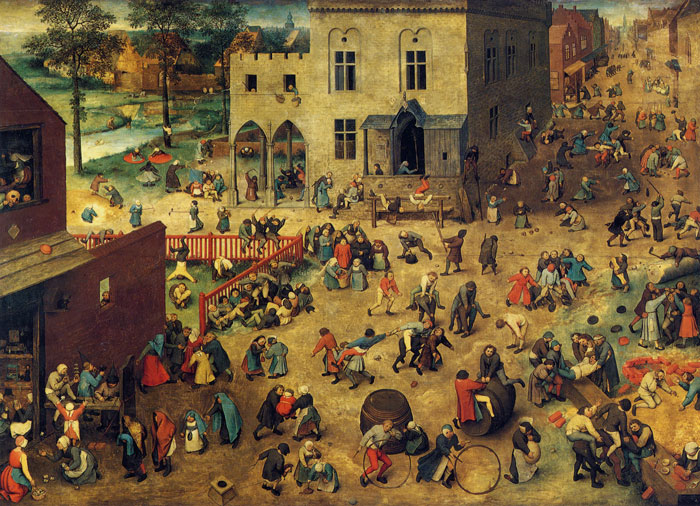
Children's Games, 1500 Pieter Brueghel (actually he signed his pictures Bruegel, without the "h", just incase you find a painting with the "h" in it, that's one of his offspring!)
I can imagine that more than a few set designers for stage, cinema and opera know every Brueghel painting inside and out by heart!
So I'm not surprised by Sean's love of this resource of fine paintings. What did take me back, at first, was his use of the work to start discussing street photography. I think of single figures caught by a photographer from amongst a crowd, crossing a windy street a couple kissing not the multilayered work that is so very challenging even for the artist who choses what to put in and makes it all to suit his purpose. Still, I am impressed that one can look at so many things at once. To me it's hard to just sample a corner of life amongst all the hustle and bustle!
So here we are in a safe place. You can discuss and think about what you do that you call "Street Photography*". Maybe you have read the article or just love those paintings with so many groups of people each involved in their own mini-world of attention, as if nothing else was occurring. That's what happens in a real street! Maybe go back and reread about Pieter Brueghel's work and then share how this (and if you are a RR subscriber, Sean Reid's article) relates to you own work.
You might relate in different way to street photography and have your own icons to follow. Great, share these ideas. What measures do you have by which you look at plan and enjoy "Street Photography"*?
Happy shooting.
Asher
* "What ever does that mean?", you may ask. Well that is another subject, like "What is a good woman?"!
One thing that comes up a lot in chatting with Sean Reid is the respect he has for the craft of certain painters. One of these happens to be an artist I have always admired, Pieter Brueghel, The Elder. I must admit, that in my school we called the guy Peter Bruegel (with no "h") since he was the Bruegel our art teacher kept referring to for design in art. He was a master not only of placing people, but also of the objects which make the scene seem real, when in fact it's anything but.

Children's Games, 1500 Pieter Brueghel (actually he signed his pictures Bruegel, without the "h", just incase you find a painting with the "h" in it, that's one of his offspring!)
I can imagine that more than a few set designers for stage, cinema and opera know every Brueghel painting inside and out by heart!
So I'm not surprised by Sean's love of this resource of fine paintings. What did take me back, at first, was his use of the work to start discussing street photography. I think of single figures caught by a photographer from amongst a crowd, crossing a windy street a couple kissing not the multilayered work that is so very challenging even for the artist who choses what to put in and makes it all to suit his purpose. Still, I am impressed that one can look at so many things at once. To me it's hard to just sample a corner of life amongst all the hustle and bustle!
So here we are in a safe place. You can discuss and think about what you do that you call "Street Photography*". Maybe you have read the article or just love those paintings with so many groups of people each involved in their own mini-world of attention, as if nothing else was occurring. That's what happens in a real street! Maybe go back and reread about Pieter Brueghel's work and then share how this (and if you are a RR subscriber, Sean Reid's article) relates to you own work.
You might relate in different way to street photography and have your own icons to follow. Great, share these ideas. What measures do you have by which you look at plan and enjoy "Street Photography"*?
Happy shooting.
Asher
* "What ever does that mean?", you may ask. Well that is another subject, like "What is a good woman?"!

